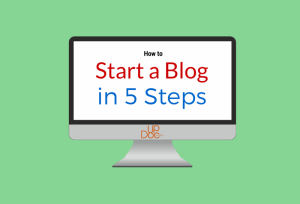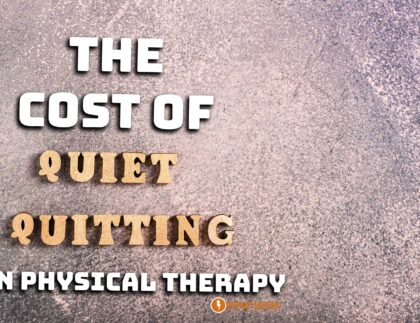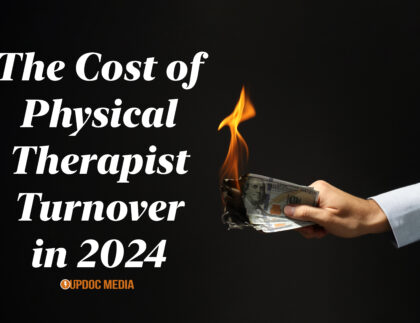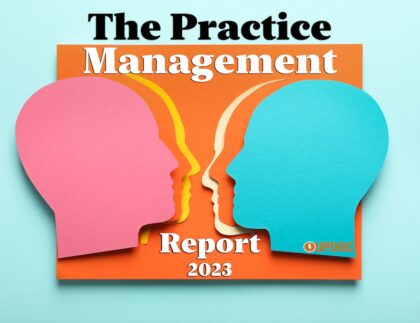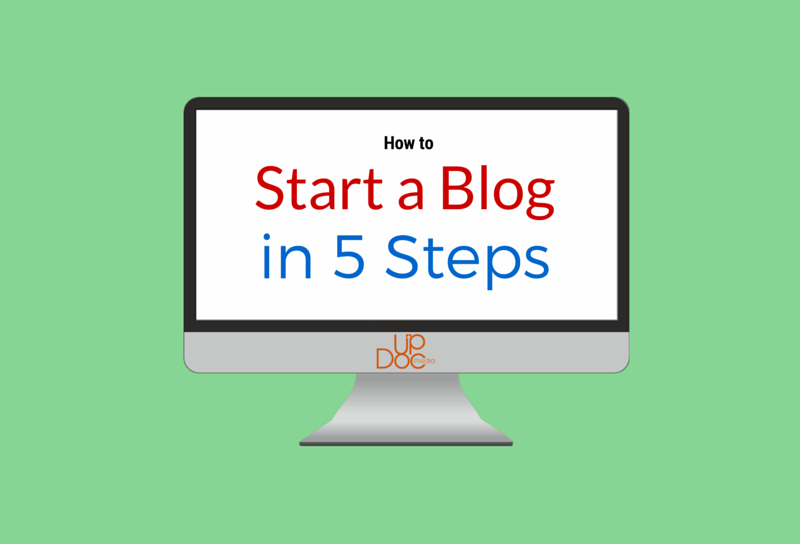
Alright! This is a much delayed blog post, by request (shoutout to April Farjado)… and, it is FINALLY here. But, first, I need to say that this is just a primer on how to start a blog. There are so many aspects to starting a blog and launching it successfully; that is, if success means organically crashing your website on Day 1 due to the amount of traffic 😉 So! That said, here are 5 steps on how to start a blog. Enjoy!
1. Run a needs analysis.
Before anything gets started, we must recognized that running a blog costs money. If it’s for fun, then… that’s great! If you plan on monetizing it, then you must treat it like a business. The questions you must ask yourself are of the following: Why does this blog need to exist? Who is your audience? How big of an audience are you aiming for upon maturity? What are your revenue streams going to look like? What is your exit strategy? And, if it for personal reasons, how important is community engagement & readership?
All these elements are part of a marketing needs analysis that you should run before buying a URL, getting social media accounts, etc. And, there is one big questions you MUST ask yourself: Do you have the time? Blogging consistently can take a lot of time to do and do well. It may be fun and fast for the first couple months… even the first year; but, inevitably, a vast majority of new blogs tend to suffer the curse of the 1st year and the 2nd year revamping (or vanishing). So, figure out the need, find that sweet spot between the content you can create along with the focus which your audience will want. Then, it is off to Step #2!
2. Plan out your posts.
Believe it or not, this step actually comes before the purchasing of a *.com, Twitter handle, Facebook page, Instagram account, YouTube channel… before alllllll of that, write out approximately 4-8 weeks of content. Get it ready, get it written, edit it, sort out the release schedule, and see how it flows after you’ve left it alone for a week or two.
The purpose of doing it in this order is this: Many times, writing out the content spanning a month or two really fleshes out if you even have enough content for a long running blog. I can’t tell you how many pet blogs and ego projects I put together in early 2011 which remain to this day, complete ghosts — unfinished, unpublished, unneeded… hence the Needs Analysis of Step #1.
Now, if you’re writing a bunch of posts out and realizing: Wow! I can’t WAIT. I have so much content and writing content is just inspiring more content creating, then you’ve definitely got something special. At this point, be sure you don’t write out too much. You want to stay flexible. At the same time, I would NEVER launch a blog without at least a month’s worth of content. Too little can cause a dry spell in writing which will cause a drop in engagement. So, test out the internal proof of concept, plan out your posts, the cadence, release schedule, etc… and, if all still goes well… it is finally time for Step #3.
3. Prepare your digital footprint.
At this time, it is a good idea to start searching for URLs (if you wish to purchase one) & figure out what your website framework is going to be. Most people use WordPress these days for, well… just about everything. However, my personal Blog @DrBenFung is still running strong & healthy via Blogger. My suggestion is this: Test out the type of frameworks out there and see what feels right. Also, know that most web-hosting services can make your website as a WordPress powered site. Typically, this costs a little extra in fees. But, you get the URL and the ability to use WordPress all under one dashboard.
Also, this would be the time to grab all those catchy social media handles. During the development of your website and the rest of your digital footprint, it is up to you how much you wish to have saved under construction versus a live development. All this depends on the type of brand appearance you want your blog to have. Also, preparing your digital footprint has much to do with linking all the accounts together via your blog as much as it is linking your accounts to each other. Basically, everything save for your actual first post publication should be ready to go during this phase. Once everything is built out, it is on to Step #4!
4. Promote during prelaunch.
Like any pre-sale, a prelaunch phase for any blog is all about driving demand. While you may not actually be selling access, you are definitely selling the idea, the interest, the desire to click on, explore, and support your blog-to-be. To do this, think about driving demand the same way Star Wars did for The Force Awakens.
Speaking of which… ICYMI: Did you see UpDoc Media’s Star Wars Physical Therapy short?! You can find it Right HERE.
Prelaunch is all about anticipation and getting people excited! Use your social media outlets to do this along with any email lists you may have on hand. Talk to people, get people talking, ask for support, and be generous with your appreciation.
5. Launch!
This part is the easy part. Since you already have all these posts written out and scheduled, all you have to do is commit to a launch date. At this point, publish and keep posting! Engage your prelaunch audience with your posts with regularity and continue to crank out content, especially before your launch content (spanning 1-2 months) runs dry. Additionally, reach out to new segments of audience as your blog’s library of content grows.
Gauge your audience in how interested they are in your content, how engaging the content is, and begin to make small adjustments as to what they may be more interested as well as curbing what they may be less inclined to read.
Quite honestly, launching is but a thing of time. It is all that hard work in preparation; the needs analysis, writing out 30-40 posts, scheduling them out, building out your website, linking all your social media accounts, the prelaunch hustle… it is all these things that makes the launch successful.
And, OH! One last thing. When you do launch, make sure you make a big splash. The first post you launch with should aim to be an earth shattering one; something people have been waiting weeks if not months for. Something that is highly anticipated, in high demand, and that people will only want more of. Do this, and you are sure to crash your site the same way we did on our launch day.
Content Drives.
Once you’re going, you need to keep up the momentum. Also, be aware that blogs tend to morph over time and some ultimately exit the scene (ie. my old Kettlebell Therapy blog) — which, surprisingly is still getting a LOT of traffic.
I’ve noticed that a normal life span for blogs tend to be a 1 year sprint, the 2nd year phasing (which may be an exit, a revamping, or simply a vanishing), and finally the 3rd year stride where by most blogs then turn into a long standing publication.
One last thing of note: Blogs that never change tend to get boring, because ultimately, blogging is media development. When media doesn’t keep up with the changes in its associated vehicles of delivery… things get bland and ultimately irrelevant. So, be sure that as your blog matures, you focus not only on the content you are continually creating, but also the formulations on how you are delivering on your content.
